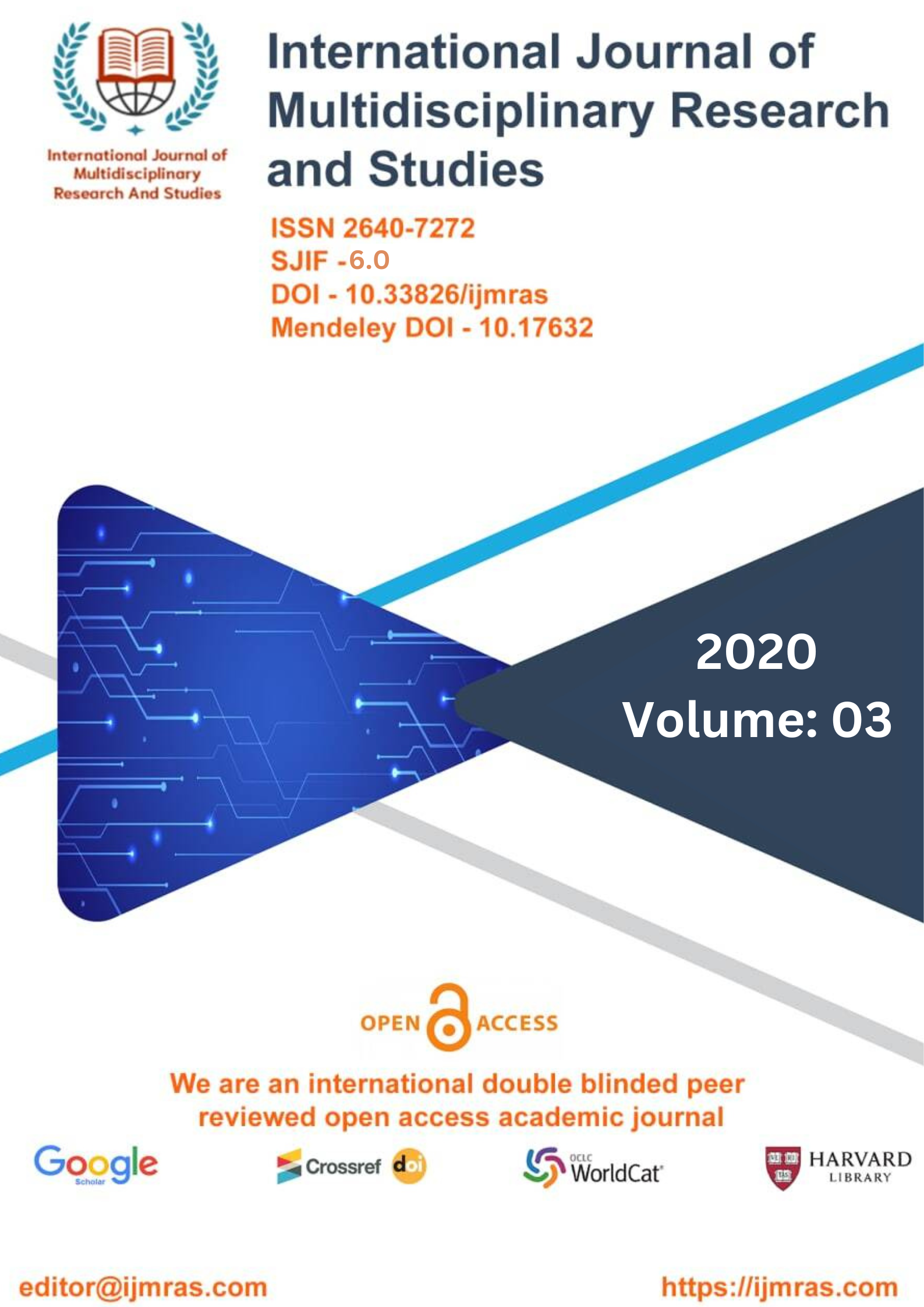FORMATION OF ALL PRE-THORACIC VERTEBRAE AND ASSOCIATED TISSUES IN ANAMNIOTES AND AMNIOTES

Abstract
The structure of the skull, the number of apertures in the skull, the presence of particular bones in the skull, and the structure of the limbs are some of the morphological and molecular criteria that are used in the categorization of amniotes. The sauropsids and the synapsids are the two most important subdivisions of the amniotes. To have a complete knowledge of the variety of vertebrate life on Earth as well as its history, it is vital to have a firm grasp on the taxonomy and development of amniotes. Both the bottlenose dolphin and the African elephant have been subjected to comparative anatomical research, which has found both similarities and differences between the two species. For instance, people of both species have hearts that are divided into four chambers and are warm-blooded, sometimes known as endothermic. Nonetheless, as a result of their adaptations to their respective surroundings, their skeletal structures are strikingly unlike one another. While the large and sturdy skull of the elephant is able to carry the weight of its enormous tusks, the delicate and streamlined skull of the dolphin reduces the amount of resistance it experiences when swimming. In a similar fashion, the teeth of an elephant are built for crushing tough plants, but the teeth of a dolphin are adapted for capturing and holding onto prey
Keywords
Tissues, Anamniotes, Amniotes, Pre-Thoracic, VertebraeHow to Cite
References
Graham JB, Baird TA. Respiratory physiology of vertebrates: life with and without oxygen. Cambridge University Press; 2016.
Randall DJ, Farrell AP. Fish physiology: gills. Academic Press; 2007.
Scott GR, Baker DW, Schulte PM, Brauner CJ. Elevated performance: the unique physiology of birds that fly at high altitudes. J Exp Biol.
Douglas-Hamilton, I. (1972). On the ecology and behaviour of the African elephant. East African Wildlife Journal, 10(4), 337-352.
Fish, F. E. (2016). Mammals and birds as bio-inspired models for understanding aquatic locomotion. Philosophical Transactions of the Royal Society B, 371(1685), 20150370.
Fowler, M. E., &Mikota, S. K. (2006). Biology, medicine, and surgery of elephants. John Wiley & Sons.
Janik, V. M., & Slater, P. J. (2000). Vocal learning in mammals.
Willems, M., Artois, T., Vermin, W., &Backeljau, T. (2005). The Proseriata (Platyhelminthes) database–an online illustrated catalog. Belgian Journal of Zoology, 135(1), 119-124.
Tyler, S. (2003). Turbellarian systematics and classification–an overview. Hydrobiologia, 505(1-3), 17-28.
Rieger, R. M., & Tyler, S. (1979). Platyhelminthes as a polyphyletic taxon: an example of independent evolution. Systematic Zoology, 28(2), 257-269.
Ax, P. (1996). Multicellular animals: a new approach to the phylogenetic order in nature (Vol. 1). Springer Science & Business Media.
Benazzi, M., &Banchetti, R. (1989). The rhabdite cells and glandular system of the turbellarian Polycystissp.(Platyhelminthes). Tissue and Cell, 21(4), 471-482.
Lambert Y. Why should we closely monitor fecundity in marine fish populations. J Northwest Atl Fish Sci. 2008;41:93–106.
May AW. Fecundity of Atlantic cod. J Fish Res Board Can. 1967;24:1531–51.
Kardong KV. Vertebrates. Comparative anatomy, function, evolution. 7th ed. New York: McGrow-Hill; 2014.
License
Copyright (c) 2020 PRABHU JEE

This work is licensed under a Creative Commons Attribution 4.0 International License.
Individual articles are published Open Access under the Creative Commons Licence: CC-BY 4.0.



